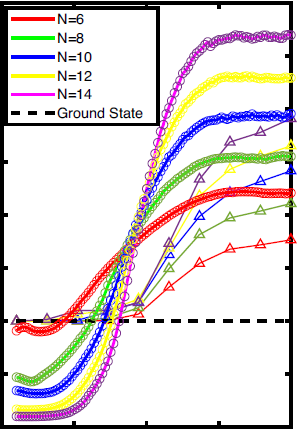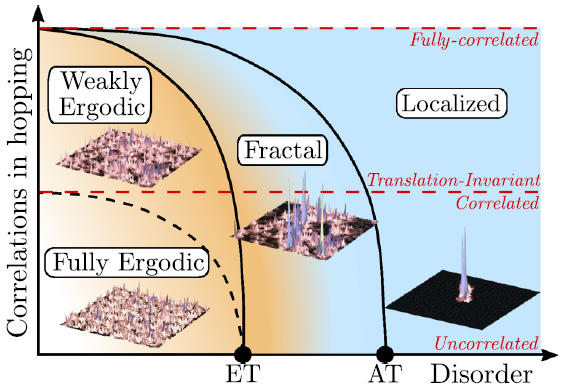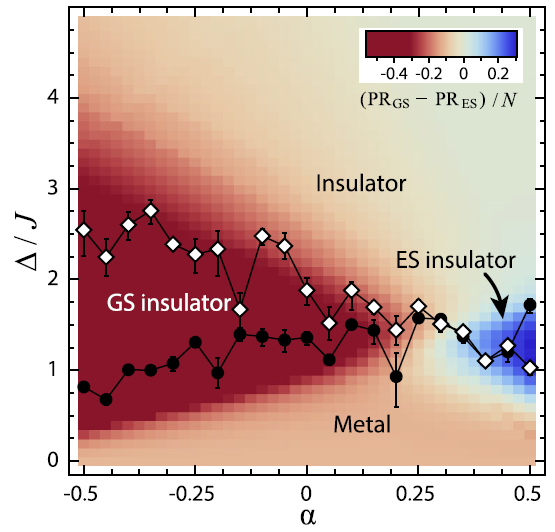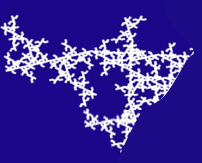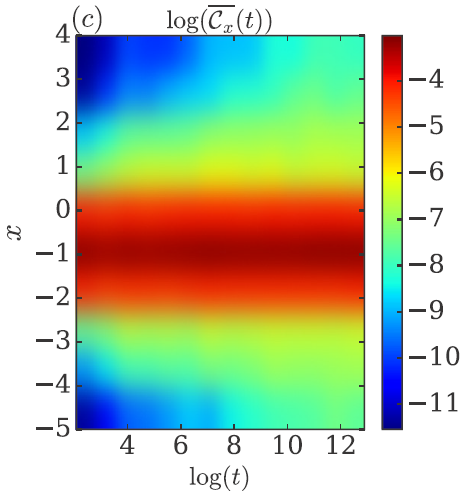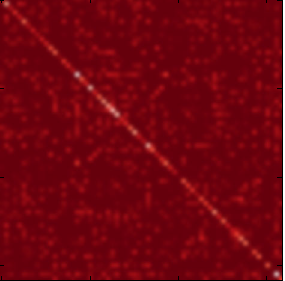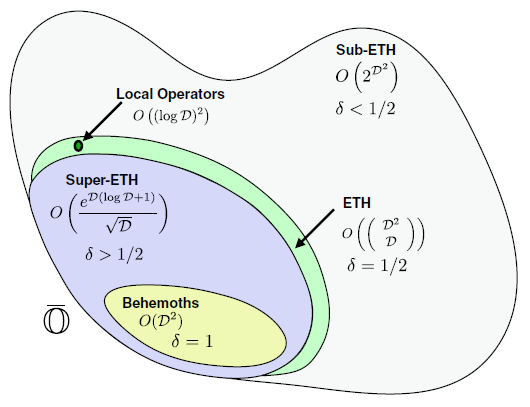
Many-body localization
Many-body localization
Generic interacting quantum systems show a remarkable universal dynamical behavior: Largely independently of details of initial conditions, these systems unavoidably approach the thermodynamic equilibrium in the course of time. Therefore, it came as a big surprise that in the presence of strong disorder this thermalization process can fail due to localization, preventing efficient energy exchange across the microscopic degrees of freedom. This led to the discovery of a new dynamical phase of matter of many-body localized particles. The physics shares similarities to localization of noninteracting particles in a strong disorder potential, known as Anderson localization. However, interaction effects beyond the single-particle limit turn out to be crucial.
As a consequence of the broken ergodicity many-body localized phases go beyond the thermodynamic paradigm and allow for novel kinds of phases and order. Due to its interacting nature, the many-body localized phase and specifically also the transition towards ergodicity are challenging to address theoretically.
We develop both analytical as well as high performance numerical methods to study and characterize many-body localized phases and the new kinds of order that can appear in such systems. For more details on current and recent research highlights see the collection below.
